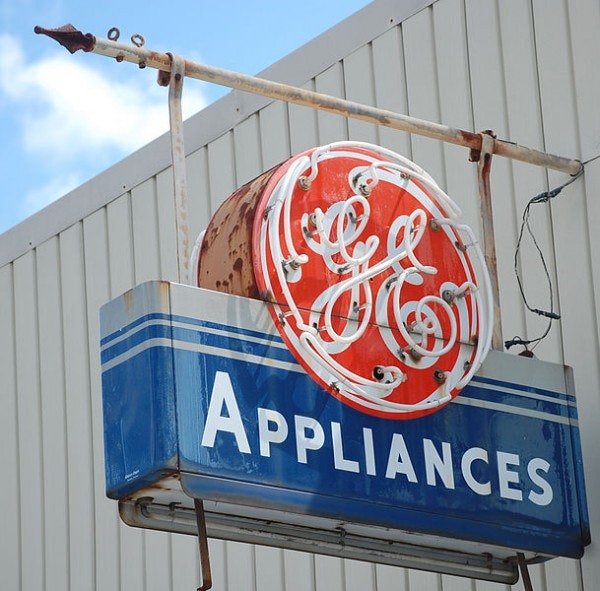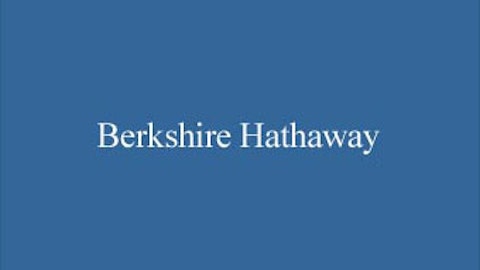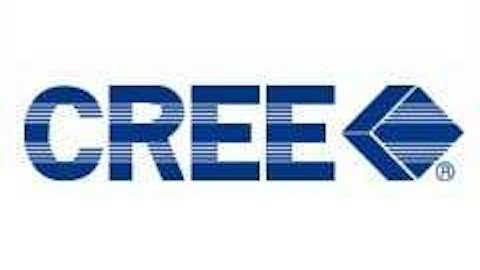Recently, the President and CEO of Dresser-Rand Group Inc. (NYSE:DRC) Vincent Volpe Jr. has bought 17,680 shares of the company at an average price of $57.02 per share, with a total transaction value of more than $1 million. Since 2009, Dresser-Rand’s share price has been on the rise, from around $17 per share to nearly $59 per share. Should investors follow Vincent Volpe Jr. into his company? Let’s find out.

Business snapshot
Dresser-Rand, founded in 2004, is one of the largest global providers of custom-engineered rotating equipment solutions for a variety of energy applications including oil, gas, petrochemical, and power generation in over 150 countries. The company operates in two main business segments: new units and aftermarket parts and services. The new units segment is to provide engineered solutions to new requests from clients while the aftermarket parts and services segment is to provide support solutions for the existing installed equipment.
The majority of its revenue, $1.43 billion, or 52.4% of the total 2012 revenue, was generated from the aftermarket parts and services segment, while the new units segment contributed $1.3 billion in revenue. The aftermarket parts and services segment enjoyed a higher operating margin at 22.5% while the operating margin of the new units segment was only 16.6%. Thus, in 2012, the aftermarket parts and services segment contributed around $323 million in operating income, the operating income of the new units segment was only $118 million. Dresser-Rand Group Inc. (NYSE:DRC) had a diverse client base with all major global independent oil/gas producers and distributors including BP plc (ADR) (NYSE:BP), Chevron Corporation (NYSE:CVX), ConocoPhillips (NYSE:COP), The Dow Chemical Company (NYSE:DOW), etc. In 2012, no single customer accounted for more than 5% of the company’s total revenue.
Fluctuating performance with high goodwill & intangibles
Over the past five years, the revenue has increased from $2.2 billion in 2008 to $2.74 billion in 2012, whereas the net income experienced a decline from $198 million to $179 million in the same period. However, the EPS just decreased by one cent, from $2.36 to $2.35, thanks to the increasing share buybacks over the years. The average number of shares outstanding has dropped from 84 million in 2008 to 76 million in 2012.
Dresser-Rand seems to be reasonably leveraged. As of December 2012, it had nearly $1.1 billion in total stockholders’ equity, $123 million in cash and nearly around $1.1 billion in debt. However, what worries me is its high level of goodwill and intangible assets of $1.42 billion. Thus, the tangible book value is a negative number of -$4.30 per share.
A relatively reasonable valuation
At a trading price of nearly $59 per share, its total market cap is around $4.5 billion. The market is valuing Dresser-Rand Group Inc. (NYSE:DRC) at nearly 12.5 times EV/EBITDA. Compared to its peers including Siemens AG (ADR) (NYSE:SI) and General Electric Company (NYSE:GE), Dresser-Rand is the smallest company. Siemens is trading at around $110 per share, with a total market cap of nearly $92 billion. It is valued at a much cheaper valuation at 8.26 times EV/EBITDA. General Electric Company (NYSE:GE), at $24 per share, is worth nearly $246 billion. The company has the most expensive valuation among the three, at 20.24 times EV/EBITDA.
In terms of profitability, Dresser-Rand seems to be the most profitable company, generating 12.46% operating margin. Siemens has the lowest operating margin at 9% while the operating margin of General Electric is nearly 12.2%. Furthermore, Dresser-Rand also delivered the highest return on capital of 84.8% in 2012, whereas the return on capital of Siemens and General Electric Company (NYSE:GE) were only 69.7% and 6.2%, respectively.
Foolish takeaway
Quantitatively speaking, Dresser-Rand Group Inc. (NYSE:DRC) seems to be a decent pick at its current price, due to a high operating margin and return on capital, a relatively reasonable valuation and recent insider buys. However, as the company had a negative tangible equity and high goodwill/intangible assets, I would personally demand a much cheaper valuation before initiating a long position in this company.
The article Should We Follow the Recent CEO Buy of Dresser-Grand? originally appeared on Fool.com.
Copyright © 1995 – 2013 The Motley Fool, LLC. All rights reserved. The Motley Fool has a disclosure policy.




